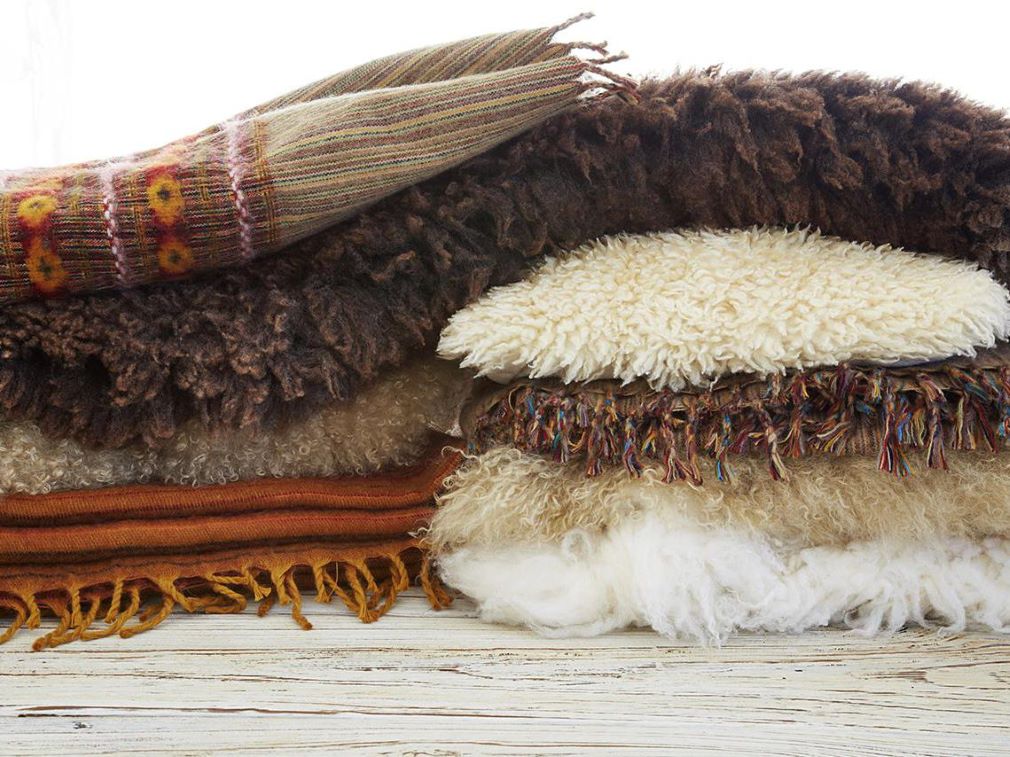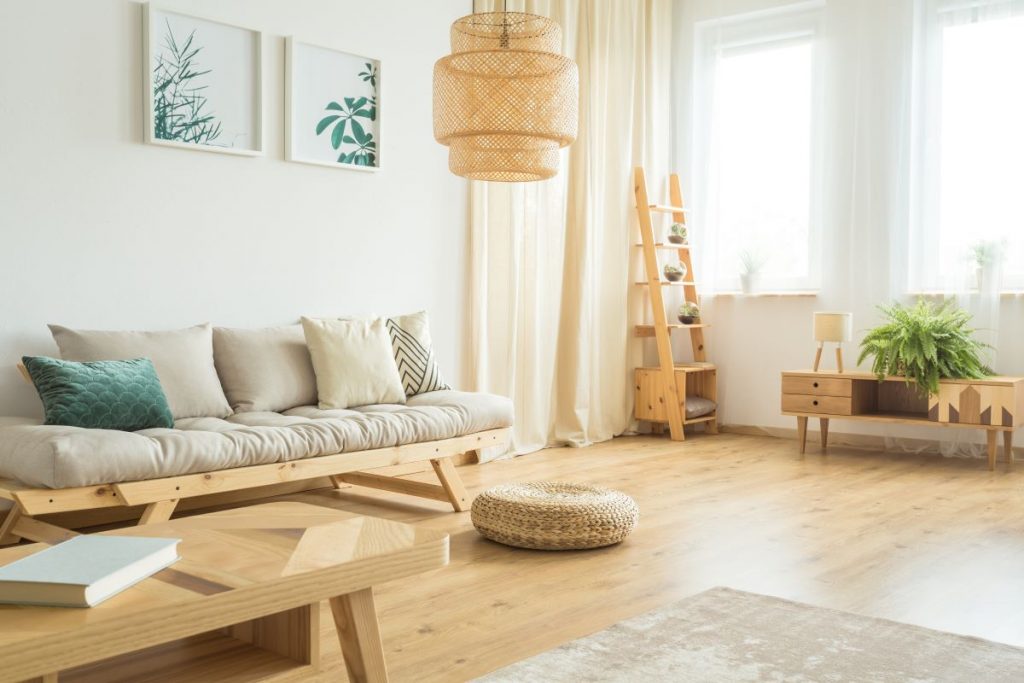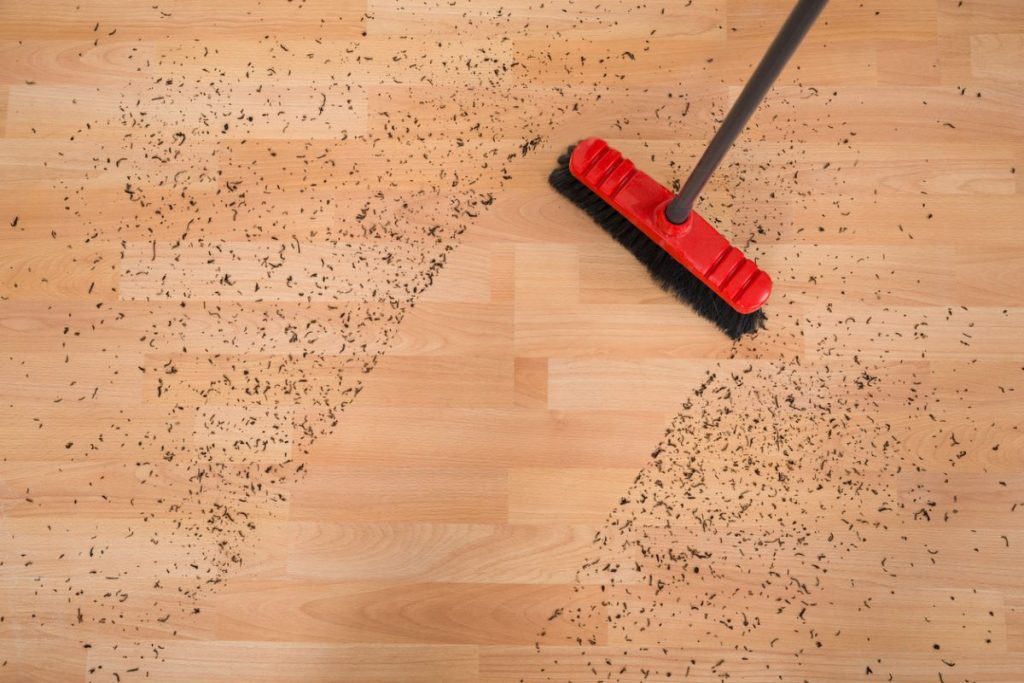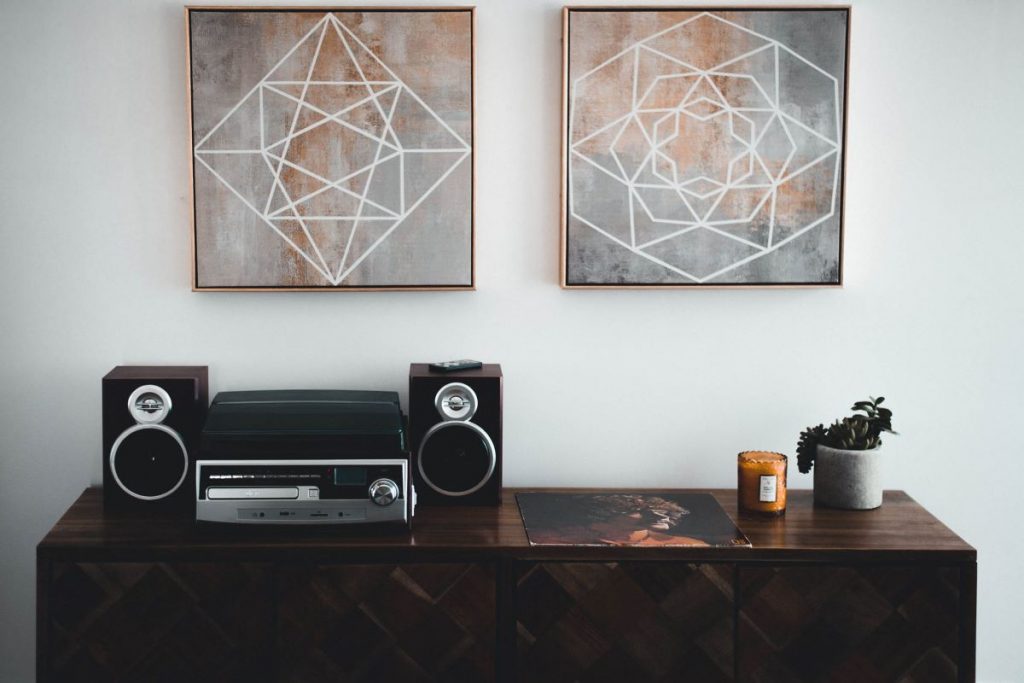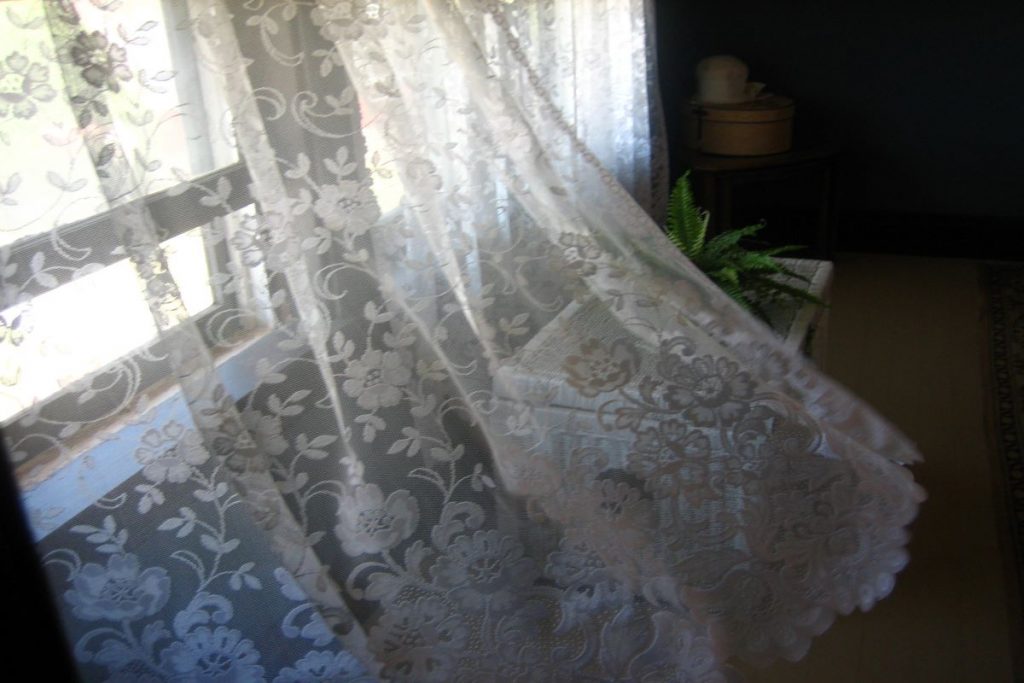Table of Contents
When selecting a rug pay not only the pattern attention, but also the materials it’s made from. Many materials are used in the production of rugs, from natural fibers to man-made materials with each material boasting its own favorable characteristics.
Acrylic
This is an extremely popular choice of material for use in the production of rugs. Acrylic boasts a fine and luxuriously soft texture that’s similar to wool in many regards, though it’s more affordable. It’s a man-made fiber well known for taking color beautifully, thus making striking colors that stand out possible. One of the most outstanding characteristics of acrylic is its high resistance to damage and staining. This has made it a popular choice amongst families, and acrylic rugs are also commonly used in places that receive a lot of traffic, like offices and similar work environments.
Acrylic is an excellent fiber and boasts many favorable characteristics. These include:
- Durable and very resilient to damage
- Excellent color fastness and shape retention
- Lightweight, luxuriously soft and warm
Microfiber
This is a term that’s used to describe any fiber with strands that are less than 1 denier, with synthetic textile microfibers such as polyester about 10 microns or less in diameter, essentially half the diameter of a silk fiber. Microfiber rugs, provided that they’re well manufactured, perform very well and rugs with a high pile and high density are the best choice as they boast the best retention and they’re also the most durable.
One of the most outstanding characteristics of microfiber rugs is that they don’t shed, unlike wool rugs, plus they are excellent for areas with high traffic, like workplaces for example. Some of their other favorable characteristics include:
- Available in many colors
- Durable, strong and stretchable
- Resistant to abrasion, creasing and mildew
Rayon (Viscose)
This could be considered either a natural or , or it could be considered neither. Rayon, also commonly known as viscose, is made by regenerating natural materials into a form that can be woven and the products most commonly used in its production are mercerized cotton, hemp or wood. This material is non-static and it has a plush, silk like texture that, when first created in France in the 1890s, led it to be named ‘artificial silk’.
Rayon boasts many favorable characteristics that have made it a very popular choice of materials for rugs. These include:
- Absorbent, breathable and non-static
- Durable and strong, yet comfortable and soft
- Easily dyed in vibrant, vivid colors
Wool
One of the most popular materials for rugs, wool is an excellent rug material for a number of reasons, moreover wool rugs aren’t always made from sheep wool as many wool fabrics are used in the creation of traditional and modern rugs. These include angora and mohair (Ankara, Turkey) made from the wool fabric of angora rabbits and angora goats respectively, alpaca (South America) made from the hair of alpacas, an animal of the camel family and similar in many ways to llamas, and cashmere (Kashmir, India) made from goat wool. Argentina and New Zealand are considered to be the sources of best quality wool.
Wool has some excellent characteristics that have made it the number one choice for rugs, particularly in colder climes. These include:
- Capable of resisting crushing and wrinkling
- Durable and lightweight
- Luxurious and warm
These are four of the most popular materials used in the production of rugs, though depending on where you shop, you’re likely to come across other materials on your quest for the perfect rug, like hemp and leather.
